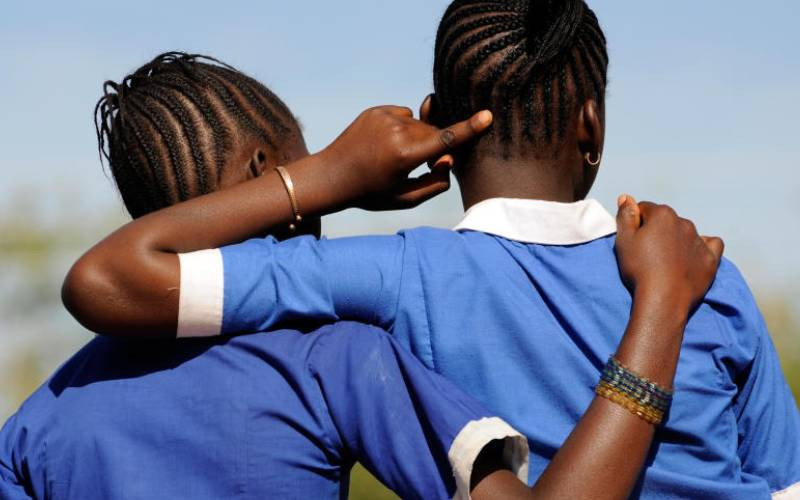
The Galana model farm project in Tana River. [File]
The Galana Kulalu project has yielded 1,000 tonnes of maize in the latest harvest as stakeholders continue to push for the economic viability of the Sh14.8 billion irrigation plan.
This is according to a notice from the National Irrigation Authority (NIA) inviting bids from qualified parties to facilitate the sale of the maize currently at its stores.
“The National Irrigation Authority has a stock of 20,000 50-kilogramme bags of maize stored at Galana Kulalu farm office store,” said NIA in the notice yesterday. “The authority now desires to sell the commodities to the highest offer(s).”
The latest yield comes on the back of a renewed push by the government to jumpstart the multi-billion-shilling project that has over the years fallen short of targets.
Started in 2015, Galana Kulalu was expected to see one million acres of land set aside for irrigation as part of plans to ease food security. This included 500,000 acres under maize, 200,000 acres under sugarcane, 150,000 for raising beef and 50,000 acres each for horticulture, orchids and dairy animals.
Loan financing
The project was co-funded by a Sh5.7 billion disbursement from the Kenyan government and a loan from the Israeli government. In 2015, Kenya signed a Sh8 billion loan agreement with Bank Leumile-Israel BM.
Out of this, Sh7 billion was to be used to finance part of the construction works while Sh932 million went to pay insurance premium to the Israel Foreign Trade Risks Insurance Corporation (ASHRA).
In a special audit report, the Auditor General indicated that the total cost of the loan, which will be utilised at source, is projected to hit Sh2.2 billion including insurance premium, commitment fees, interest and loan-related cost.
“The special audit questions the whole intention of the utilisation of foreign borrowings at source by the National Treasury, which is a red flag and indeed could have denied the economy an opportunity to benefit from foreign exchange gains that could have arisen if the loan proceeds were to be disbursed directly to the country,” said the Auditor General.
The project has also been mired by delays over the years and implementation has fallen behind schedule.
About 5,000 acres have so far been developed within a 10,000-acre model farm and the NIA last year said works on the second lot was supposed to have been completed by the end of last month.
“The current completion status of Lot 2 of the model farm is currently at 72 per cent and is set to be complete in January 2022,” said NIA in a press release last October.
“NIA is doing trials for BT cotton, bananas, mangoes, pineapples, citrus, cashew nuts and palm in a 13-acre demonstration farm set aside in the model farm for diversification.”
Last year, the National Treasury said the farm acreage at Galana Kulalu had expanded from 52,000 to 100,000 acres and the government was ready to lease out portions of the irrigation project to commercial parties.
“The model farm has been developed and viable crops have been tested,” said Treasury Cabinet Secretary Ukur Yatani in the draft Budget Policy Statement for the 2022-23 financial year.
“The next step is to have private stakeholders to come in and invest in commercial production.” NIA has given prospective buyers up to February 22 to submit their bids.
 The Standard Group Plc is a multi-media organization with investments in media platforms spanning newspaper print
operations, television, radio broadcasting, digital and online services. The Standard Group is recognized as a
leading multi-media house in Kenya with a key influence in matters of national and international interest.
The Standard Group Plc is a multi-media organization with investments in media platforms spanning newspaper print
operations, television, radio broadcasting, digital and online services. The Standard Group is recognized as a
leading multi-media house in Kenya with a key influence in matters of national and international interest.



